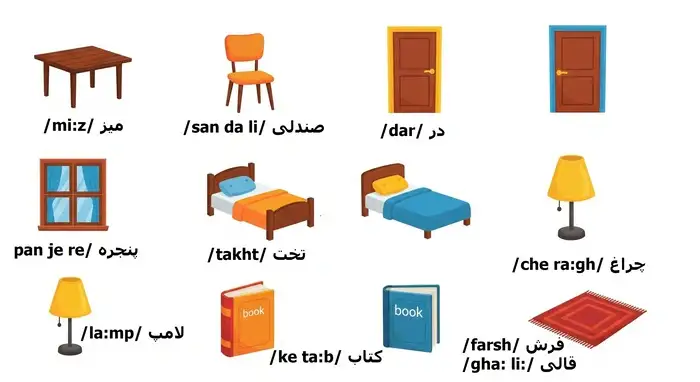Visiting the Doctor in Farsi Visiting the Doctor in Farsi مراجعه به پزشک در فارسی Visiting the Doctor in Farsi یک بیمار (مریض) برای درمان پیش پزشک (دکتر) می رود. A patient goes to a doctor for treatment. بیمار در مطب/ کلینیک/ درمانگاه/ بیمارستان ویزیت می شود. Patient visits to ...
Home » Learn Persian Online with 500 Persian Lessons + Videos » Visiting the Doctor in Farsi – Learn Persian Online Easily

Visiting the Doctor in Farsi – Learn Persian Online Easily
Updated: by Hajar Aziz Zanjani
Time to Read: 5 minutes | 267 Views | No Comments on Visiting the Doctor in Farsi – Learn Persian Online Easily
Share This Post
About the Author
Hajar Aziz Zanjani is a professional Persian / Farsi teacher and full-time content developer in Farsi at LELB Society. She has published hundreds of original Persian lessons, created hundreds of Persian podcasts, and taught so many Persian students all around the globe. She's got an MBA degree and is an SEO expert.
Number of Posts: 244


